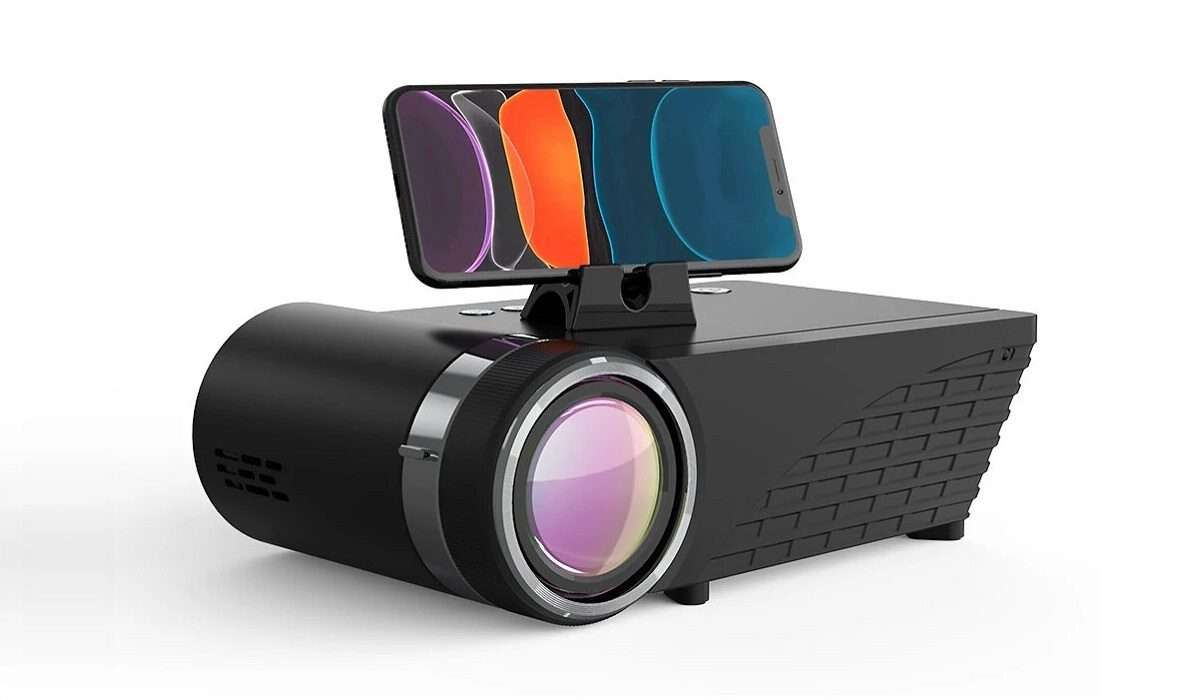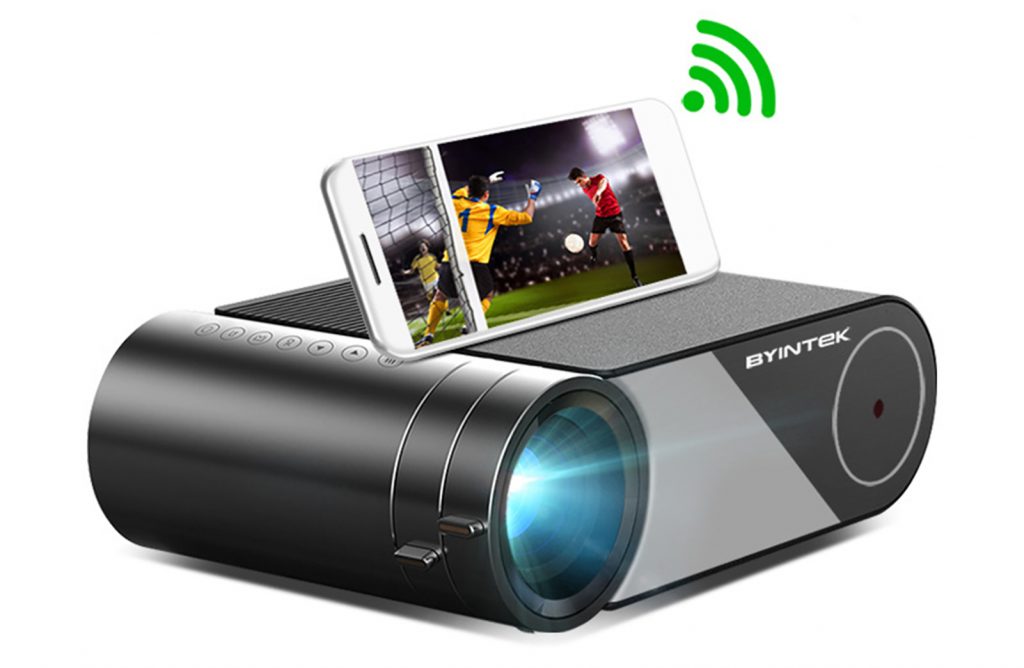Whether you are a teacher, student, a business professional, or someone who enjoys watching movies and playing games, a bigger screen can give you a much better experience in doing so. There are several ways to share your screen and content with a larger audience, including connecting your device with both a projector and tv.
A projector can be very convenient as it not only provides a larger display but is also easy to use as well as portable, meaning you can carry it anywhere it is needed with ease. With that being said, if you are wondering how to connect a phone with a projector, then this article is for you. Let’s dive into details on how to achieve this using a cable and wirelessly.
Connect Your Phone With a Projector Using a Cable
Connecting your smartphone with a projector wirelessly might not always be possible as the facility you are in might not have internet access, or you simply might want to do so easily without any problems with the use of cable. Let’s take a look at how you can do so effectively.
HDMI
Most projectors have HDMI as their standard output port, and plenty of Android phones have a mini-HDMI port that you can use in order to connect to a projector. However, if your Android smartphone has a USB-C video output port, you can use a USB-C to HDMI adapter in order to establish a connection. Once this is settled, you can start screen mirroring from your phone to your projector. However, it is essential to note that with this type of connection, you will not be able to power your phone.
MHL
MHL is another way to connect devices like phones or tablets with projectors that have HDMI ports. However, in order to connect your phone with a projector, you will need to purchase an MHL to HDMI adapter in order to establish a connection successfully. It is vital to mention that when you are looking for this type of cable, it is vital to get the correct version that your Android phone requires. Moreover, with MHL, your phone will be powered once the connection is established.
USB-C
If you are wondering how to connect a phone with a projector easily, you can do so if your projector has a USB-C port. In this case, what you need to do is purchase a USB-C to USB-C cable and put it into your phone and then your projector to proceed with screen mirroring options. This type of connection also supports charging, which means that you will be able to use the projector and charge your phone simultaneously.
USB-C to VGA
In case you have an older projector, it probably has a VGA port as it was the standard display port for all digital video equipment. To connect your phone with a projector with this type of port, you will need to purchase a USB-C to VGA adapter and a VGA to VGA cable. Then, all that is left to do is connect the adapter and the cable to your smartphone and projector. Then if the connection is applicable, you can switch the corresponding VGA display port. Aside from Android, the USB-C and VGA adaptors also support Apple devices.
Connect Your Phone With a Projector Wirelessly
Wireless connection is very convenient as you don’t have to deal with cables. However, to establish the connection, you will need to have a wireless connection, whether you are at home or work. Here is how to connect a phone with a projector wirelessly.
Wi-Fi Direct
With a reliable Wi-Fi connection, you will be able to connect your phone directly to the projector. However, to do so, your projector needs to support Wi-Fi Direct and stream your screen. Before you choose to go with this option, it is necessary to go to settings and network and Internet and turn the Wi-Fi on. Then, you will need to select Wi-Fi Direct, and your phone will automatically scan for devices. If your projector network appears, you need to tap on the connect button to make a connection.
Chromecast
Another easy way to connect your Android phone to your projector is by using a Chromecast streaming adapter. This device can be easily plugged into any projector that has an HDMI port and is easily accessible and affordable. Once you plug the adapter in, you can use Wi-Fi to make screen mirroring signals from your phone. Chromecast can be used for various popular apps that feature one-click buttons for casting.
Manufacturer Apps
Most modern projectors have built-in innovative capabilities, which feature video support streaming. What you need to do is look at your projector’s number on the manufacturer’s website and check whether wireless device mirroring is supported. If that is available, you can check the Play Store to find a suitable app. This way, you will be able to display static images and documents.
How to Connect an iPhone With a Projector
We have already discussed how you can connect your Android phone with your projector in order to share the wanted content with others or get a larger display. With that being said, if you are an iPhone user, such methods may not work for you. Here is what you can do:
- If that is the case for you, you can look for authorized Apple cables, as the company has strict policies regarding attaching third-party hardware to their products.
- We suggest purchasing a Lightning to HDMI adapter to connect your iPhone with a projector that has an HDMI port. The connection process is very simple as all you need to do is connect the adapter to your phone and the HDMI cable to the adapter and projector.
- Moreover, Apple has an Airplay function built within IOS, so you don’t have to download additional apps. You need to set your projector to screen mirroring, and then go to the settings and Wi-Fi menu on your iPhone and select your mirroring device to mirror the content on your phone to the projector. However, if your projector doesn’t support mirroring, you must purchase a casting device and implement the same instructions.
Conclusion
That concludes our article on methods you can implement to connect your phone with your projector. All of these methods are recommended and approved, and they are both easy and convenient ways to establish such a connection. We suggest checking all the ways we have discussed in this article and selecting the one that fits your needs and your budget the most.

